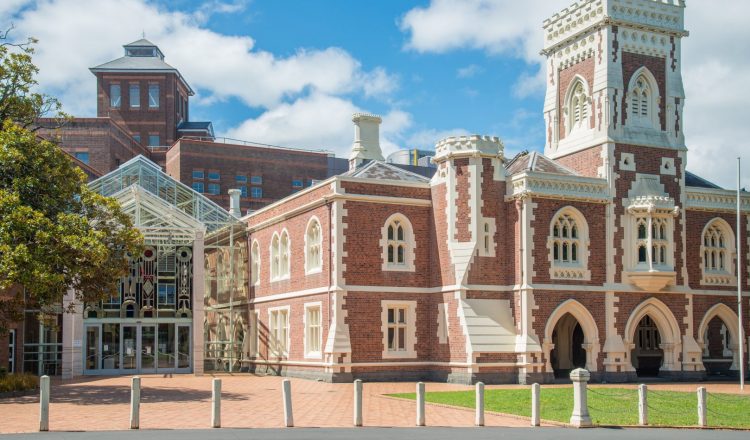Jury Service
Thousands of New Zealanders give their time every year to complete jury duty. Jury duty is an important task for the citizens of New Zealand as it ensures the law is upheld for your fellow citizens. You are eligible to be chosen for this vital role once every two years if you are enrolled to vote. Selection is random, the court sends official summons in writing to those chosen for the duty.
The Jury
A jury consists of 12 jurors, although usually more than 12 are summoned by the court at one time. This is to ensure that they have enough jurors from all areas of the community to be representative. Not everyone gets the call to sit in the jury box, some of the unselected can freely leave and go home instead. Sometimes you may be needed for more than one trial and will be asked to stay in the vicinity or return at a later date.
The judge will swear you in if you are selected to sit in the jury box as one of the 12 jurors. ‘Swearing in’ is giving an oath or affirmation that you will be honest, open-minded and fair with your judgements. After this, the court proceeding will get underway. You will listen to all of the evidence given in the trial and decide alongside your fellow jurors whether the accused is guilty or not guilty.
It’s important to not tell any of your friends or family about the trial, or attempt to investigate anything for yourself. You must simply listen to the facts presented and make a judgement based on them. After the conclusion of the trial, you can find out the sentence from the court staff and organise counselling if you feel you require it.
What if I can’t attend?
If you receive a summons to court to take part in jury service but you are unable to attend on the dates specified, you should respond to the court with your reason and a supporting letter from your doctor or employer. The court may push your jury service back to a later date that is more suitable for your schedule. Jury service is part of your duty as a citizen and failure to attend the court on the specified date without giving a valid reason can result in a fine of $1000.

















































